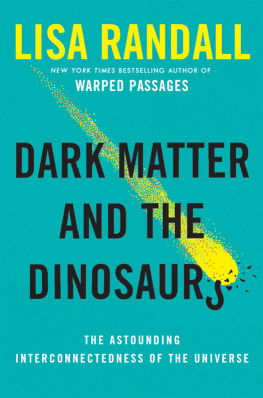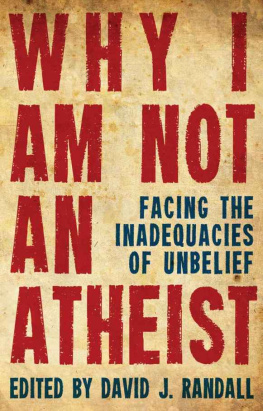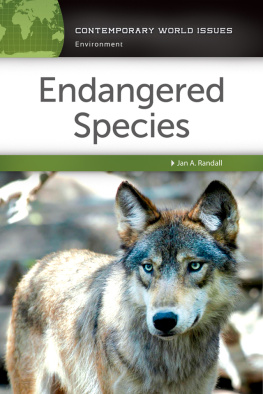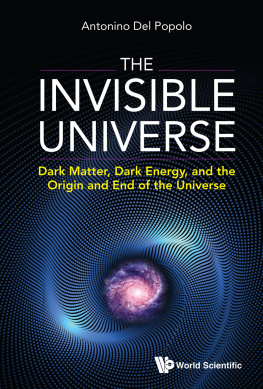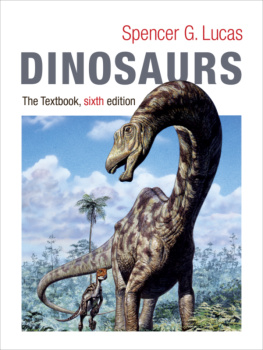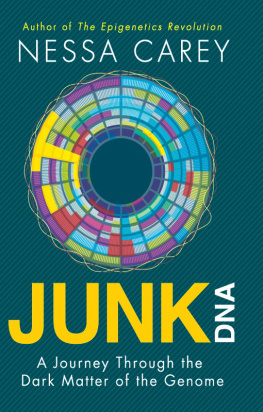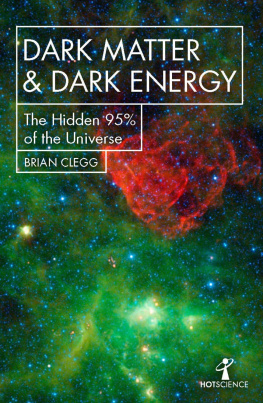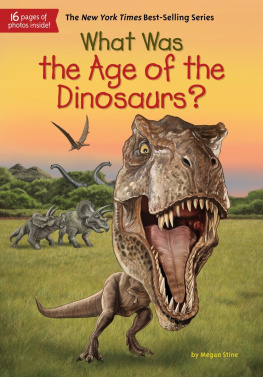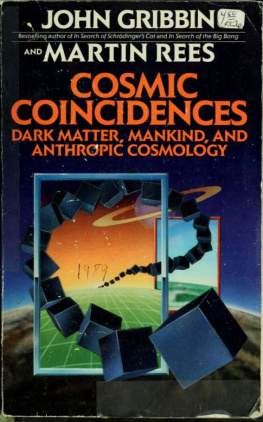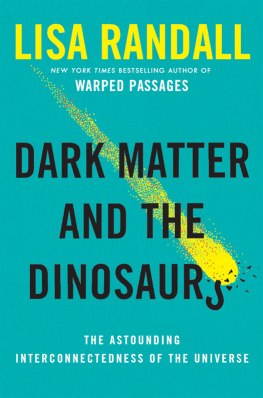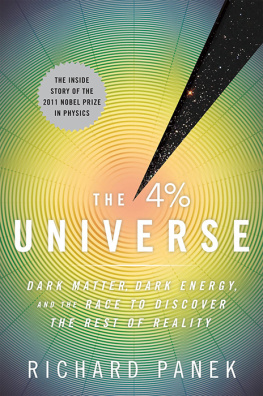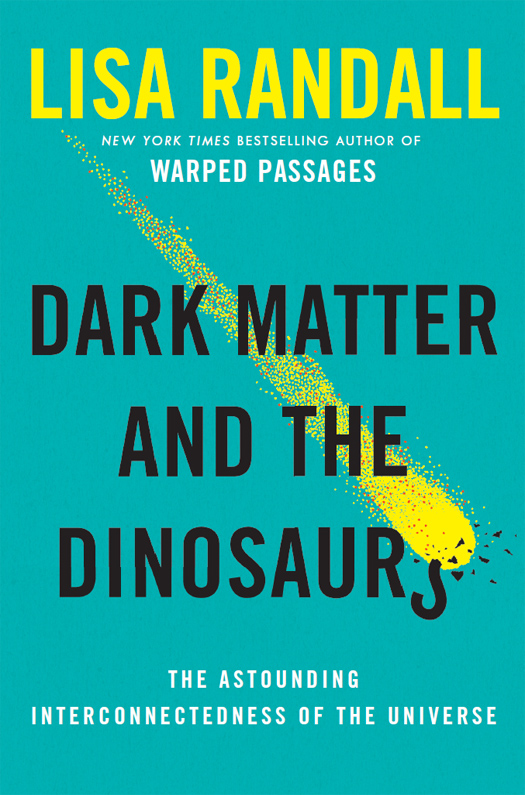Dark matter and dinosaurs are words you rarely hear together except perhaps in the playground, a fantasy gaming club, or some not-yet-released Spielberg movie. Dark matter is the elusive stuff in the Universe that interacts through gravity like ordinary matter, but that doesnt emit or absorb light. Astronomers detect its gravitational influence, but they literally dont see it. Dinosaurs, on the other hand... I doubt I need to explain dinosaurs. They were the dominant terrestrial vertebrates from 231 to 66 million years ago.
Though both dark matter and dinosaurs are independently fascinating, you might reasonably assume that this unseen physical substance and this popular biological icon are entirely unrelated. And this might well be the case. But the Universe is by definition a single entity and in principle its components interact. This book explores a speculative scenario in which my collaborators and I suggest that dark matter might ultimately (and indirectly) have been responsible for the extinction of the dinosaur.
Paleontologists, geologists, and physicists have shown that 66 million years ago, an object at least ten kilometers wide plummeted to Earth from space and destroyed the terrestrial dinosaurs, along with three-quarters of the other species on the planet. The object might have been a comet from the outer reaches of the Solar System, but no one knows why this comet was perturbed from its weakly bound, but stable, orbit.
Our proposal is that during the Suns passage through the midplane of the Milky Waythe stripe of stars and bright dust that you can observe in a clear night skythe Solar System encountered a disk of dark matter that dislodged the distant object, thereby precipitating this cataclysmic impact. In our galactic vicinity, the bulk of the dark matter surrounds us in an enormous smooth and diffuse spherical halo.
The type of dark matter that triggered the dinosaurs demise would be distributed very differently from most of the elusive dark matter in the Universe. The additional type of dark matter would leave the halo intact, but its very different interactions would make it condense into a diskright in the middle of the Milky Way plane. This thin region could be so dense that when the Solar System passes through it, as the Sun oscillates up and down during its orbit through our galaxy, the disks gravitational influence would be unusually strong. Its gravitational pull could be powerful enough to dislodge comets at the outer edge of the Solar System, where the Suns competing pull would be too weak to rein them back in. The errant comets would then be ejected from the Solar System ormore momentouslybe redirected to hurtle toward the inner Solar System, where they might have the potential to strike the Earth.
Ill tell you right up front that I dont yet know if this idea is correct. Its only an unexpected type of dark matter that would yield measurable influences on living beings (well, technically no longer living). This book is the story of our unconventional proposal about just such surprisingly influential dark matter.
But these speculative ideasas provocative as they might beare not this books primary focus. At least as important to its content as the story of the dinosaur-destroying comet are the context and the science that embrace it, which include the far better established frameworks of cosmology and the science of the Solar System. I feel very fortunate that the topics I study frequently guide my research toward big questions such as what stuff is made of, the nature of space and time, and how everything in the Universe evolved to the world we see today. In this book, I hope to share a lot of this too.
In the research that I will describe, my studies led me down a path where I started thinking more broadly about cosmology, astrophysics, geology, and even biology. The focus was still on fundamental physics. But having done more conventional particle physics all my lifethe study of the building blocks of familiar matter such as the paper or screen on which youre reading thisIve found it refreshing to probe into what is knownand what soon will be knownabout the dark world too, as well as the implications of basic physical processes for the Solar System and for the Earth.
Dark Matter and the Dinosaurs explains our current knowledge about the Universe, the Milky Way, the Solar System, as well as what makes for a habitable zone and life on Earth. Ill discuss dark matter and the cosmos, but I will also delve into comets, asteroids, and the emergence and extinction of life, with special focus on the object that fell to Earth to kill off the terrestrial dinosaursand a lot of the rest of life here. I wanted this book to convey the many incredible connections that got us here so we can more meaningfully understand what is happening now. When we think about our planet today, we might also want to better understand the context in which it developed.
When I started concentrating on the concepts underlying the ideas in this book, I was awe-struck and enchanted not only by our current knowledge of our environmentlocal, solar, galactic, and universal, but also by how much we ultimately hope to understand, from our random tiny perch here on Earth. I also was overwhelmed by the many connections among the phenomena that ultimately allow us to exist. To be clear, mine is not a religious viewpoint. I dont feel the need to assign a purpose or meaning. Yet I cant help but feel the emotions we tend to call religious as we come to understand the immensity of the universe, our past, and how it all fits together. It offers anyone some perspective when dealing with the foolishness of everyday life.
This newer research actually has made me look differently at the world and the many pieces of the Universe that created the Earthand us. Growing up in Queens I saw the impressive buildings of New York City, but not so much of nature. What little nature I did see was cultivated into parks or lawnsretaining little of the form it took before humans arrived. Yet when you walk on a beach, you are walking on ground up creaturesor at least their protective coverings. The limestone cliffs you might see on a beach or in the countryside are composed of previously living creatures too, from millions of years in the past. Mountains arose from tectonic plates that collided, and the molten magma that drives these movements is the result of radioactive material buried near the core of the Earth. Our energy came from the Suns nuclear processesthough it has been transformed and stored in different ways since those initial nuclear reactions occurred. Many of the resources we use are heavier elements that came from outer space, which were deposited on the Earths surface by asteroids or comets. Some amino acids were deposited by meteoroids tooperhaps bringing lifeor the seeds of lifeto Earth. And before any of this happened, dark matter collapsed into clumps whose gravity attracted more matterwhich eventually turned into galaxies, galaxy clusters, and stars like our Sun. Ordinary matterimportant as it is to us does not tell the whole story.
Although we might experience the illusion of a self-contained environment, every day at sunrise and every night when the Moon and the far more distant stars come into view, we are reminded that our planet is not alone. Stars and nebulae are further evidence that we exist in a galaxy that resides within a far larger Universe. We orbit within a Solar System where the seasons remind us further of our orientation and placement within it. Our very measurement of time in terms of days and years signifies the relevance of our surroundings.


